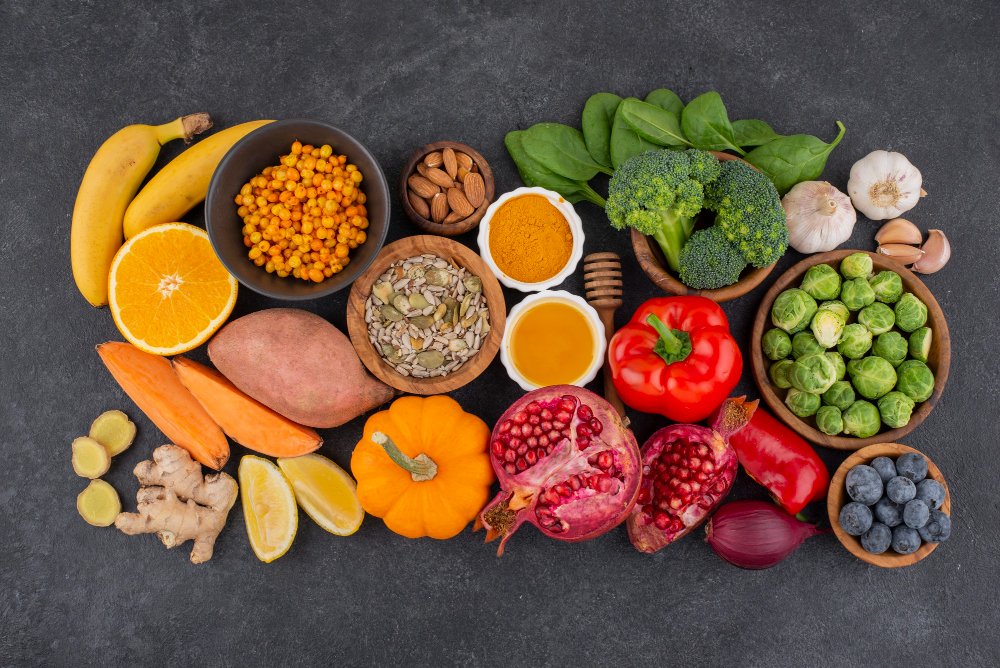INTRODUCTION
As per a report by the National Sample Survey Office (NSSO), the average monthly per capita spending on food in India stands at Rs. 1,446 in rural areas and Rs. 2,630 in urban centers. However, specifics on expenditures for healthy foods are lacking. A study by the Indian Council of Medical Research (ICMR) revealed that a mere 9% of urban dwellers meet the recommended daily intake of fruits and vegetables.

The steep prices of fruits and vegetables contribute to their limited consumption. According to the NSSO, the average monthly per capita spending on vegetables is Rs. 190 in rural regions and Rs. 313 in urban locales, while fruits clock in at Rs. 66 and Rs. 129, respectively. These higher costs render fruits and vegetables less accessible to the masses compared to other food items
Statistics of Expenses on Healthy Foods in India Further insights from the Indian Institute of Public Health (IIPH) underscore the financial disparities between healthy and regular diets. The study found that a healthy diet for a family of four costs around Rs. 19,000 monthly, whereas a regular diet amounts to Rs. 14,000. Notably, urban areas face a steeper price tag for healthy eating compared to rural counterparts.
The affordability of nutritious foods poses a formidable hurdle for many, particularly those from low-income backgrounds. Consequently, individuals often find themselves compromising on dietary choices, opting for cheaper yet less nutritious alternatives.

Conclusion
The spending statistics on healthy foods in India underscore the urgency for government intervention to enhance accessibility and affordability. This can be achieved through subsidies, promoting local production and consumption of fruits and vegetables, and fostering awareness about the benefits of wholesome eating. Ensuring access to a nutritious diet is paramount for the holistic well-being of individuals, irrespective of their economic standing.




